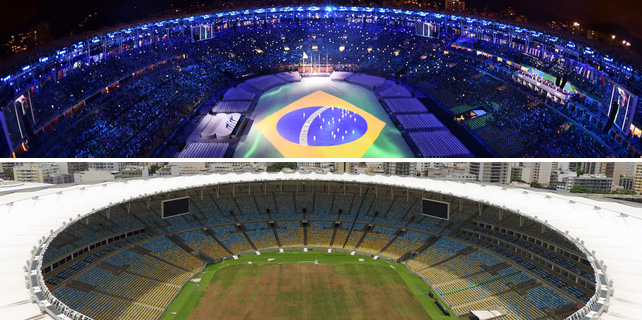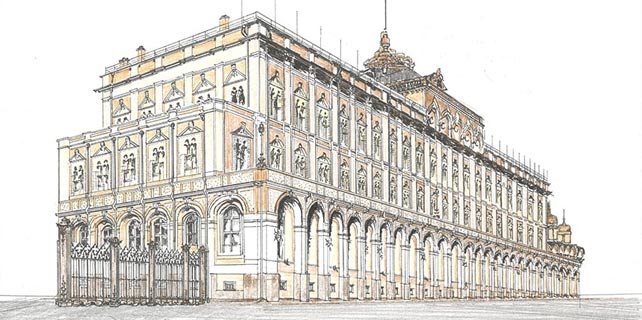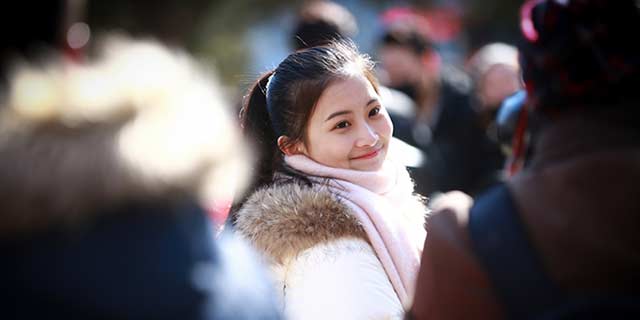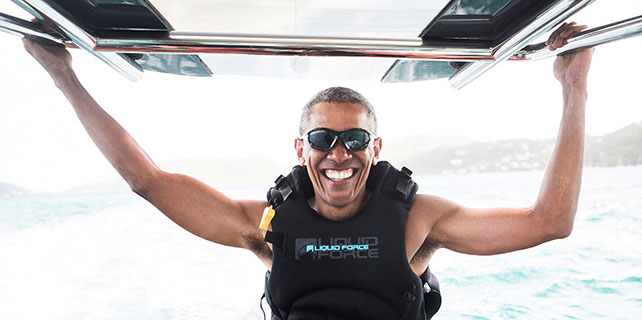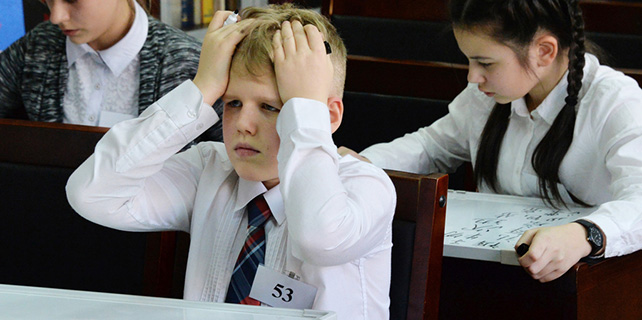Tales of China that dazzled a king
Cultural kinship
The exhibition itself offers bountiful evidence of the cultural kinship between China and Korea in the 15th and 16th centuries, Ni says.
"Confucianism provided the guiding principles of morality for Korean society at the time. The educated, including the king and his court, all wrote in Chinese."
In fact, during Choe's entire stay, one most-often asked question from his Chinese hosts was: "Can you write a poem?" Of course, he did not disappoint them.
Fortunately for Choe and those who were with him, the identity issue was finally solved after they arrived in Hangzhou, a city richly endowed with natural beauty and steeped in China's literary tradition.
From Hangzhou, Choe boarded a ship and for the next 44 days traveled the entire length of the man-made canal connecting Hangzhou with Beijing. The 1,797-kilometer Hangzhou-Capital Grand Canal is today the world's longest of its kind from ancient times. It was built mainly in the late sixth and early seventh century, 900 years before Choe's visit.
Arriving in Beijing by the end of March 1488, Choe was granted an audience with Emperor Yingzong. He stayed in the capital for 25 days before heading home overland. On June 4 of the lunar calendar in 1488 Choe and his entourage crossed the Yalu River that separates the Korean mainland from northeast China. Finally, after 135 days and nights, Choe found himself standing on the doorstep of his homeland.
Different accounts
However, he was not about to forget his time in China; nor indeed would his king allow that to happen. So even before Choe began attending to his father's long-delayed funeral, the Korean ruler, Yi Hyeol, made sure that Choe wrote down everything he had seen, heard and experienced.
"Throughout the Ming Dynasty and the following Qing Dynasty, Korea were in very close contact with China, sending envoys to the Chinese court several times a year," Ni says. "Between them, these missions to China yielded nearly 650 different accounts. However, rather than diminishing the historic value of Choe's writings, all the others only helped to increase the prestige of his version.
"That's because the Ming Dynasty moved its capital from Nanjing to Beijing in the early 15th century, during the reign of Emperor Chengzu. Since then, all royal envoys from Korea - the Ming rulers largely banned commercial exchanges between China and the outside world - went directly overland from Seoul to Beijing, through northeastern China. Earlier they had taken the sea route to Nanjing, which is part of Jiangnan."
So by the time Choe landed in Zhejiang, it had been about 70 years since the last Korean envoy visited. In the meantime the most fertile land of China - culturally and agriculturally - had become a mystery to many Koreans, who still revered the literary and philosophical tradition of their neighbor.
That explains the eagerness of the Korean king to be given details of Choe's travel.
"Before Choe there had been Korean fishermen who had similar experiences, but they were largely illiterate, so no record was left," Ni says.
On view at the exhibition is the oldest copy of Choe's memoir in existence today, printed some time between 1500 and 1540 using movable copper type.
Not far away is a Japanese Edo-period (1603-1868) translation of Choe's book, published in 1769 in four volumes. Interest in China was growing in Japan and Choe's book had certainly done its part to fuel it.







